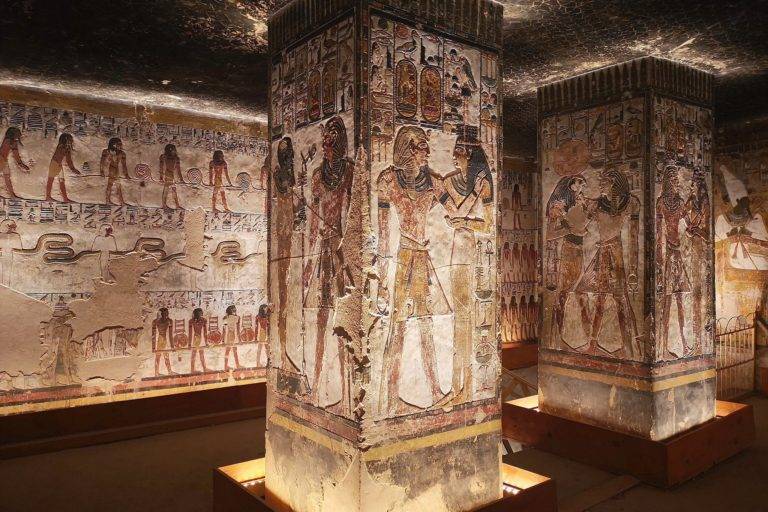Tomb of Merneptah
KV8
The Tomb of Merneptah (KV8) is an impressive site in Egypt’s Valley of the Kings, where history, architecture, and spirituality come together. Although it isn’t as famous as Tutankhamun’s treasure-filled tomb, KV8 has its own appeal: it features grand scale, unique atmosphere, and a story that spans from the reign of Ramses II’s son to today’s visitors exploring its depths. This guide combines history with travel tips, providing you with everything you need to enjoy KV8—whether you plan to visit Luxor or want to learn about Egypt’s wonders from afar.
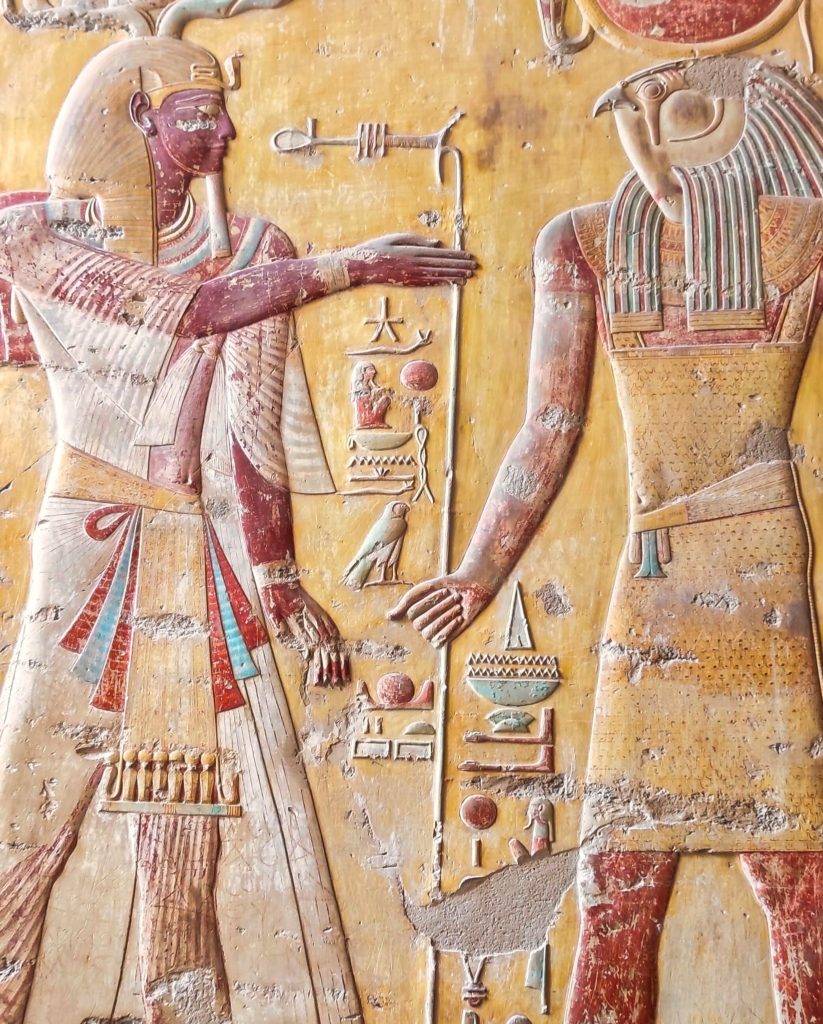
Who Was Pharaoh Merneptah?
Merneptah ruled Egypt from 1213 to 1203 BCE. He became king late in life as the 13th son of Ramses II. By the time he took the throne, he was already in his sixties. He inherited a strong kingdom that was starting to face new problems.
During his reign, Merneptah defended Egypt against invasions from the Libyans and the Sea Peoples. He worked to secure Egypt’s western border.
The Merneptah Stele is an important granite inscription now in Cairo.
Merneptah’s reign was important for keeping Egypt stable during a difficult time. His tomb, KV8, shows his royal status and the impressive funerary traditions of the New Kingdom.
Luxor Tours & Activities
Looking to save some costs on your travel? Why not join a shared group tour to explore Luxor, Egypt? Here are some activities you might be interested in:
Location and Quick Facts
The Tomb of Merneptah (KV8) is located in the main area of the Valley of the Kings on Luxor’s west bank. It is one of the largest tombs in the area, extending deep into the cliffs.
Key information for visitors:
– Length: Between 117 meters and 160 meters, depending on whether side chambers are included.
– Volume: About 2,472 cubic meters, making it one of the largest tombs by capacity.
– Notable feature: A giant granite sarcophagus, one of the largest in the Valley.
Opening Hours:
– Summer: 6:00 am to 5:00 pm
– Winter: 6:00 am to 4:00 pm
– Ramadan: 6:00 am to 4:00 pm
Tickets:
Prices are EGP 750 for adults and EGP 375 for students, which allows entry to three tombs of your choice.
– Accessibility: The tomb is open to visitors, but the descent is long and the lighting is dim.

Architectural Design of KV8
KV8 is designed with straight corridors leading to large halls and the burial chamber, typical of tombs from the late New Kingdom.
This tomb stands out because of its size and the engineering challenges it presents:
– Deep axis: The tomb reaches deep into the rock, symbolizing the pharaoh’s journey into the afterlife.
– Monumental sarcophagus: The outer sarcophagus was so heavy that workers had to break down doorjambs and remove pillars to get it in place. Only two pillars were put back later.
– Side chambers: Smaller rooms branch off the main corridor, likely used for storing items for the funeral.
– Ceilings: Some rooms have painted ceilings with stars, representing the heavens.
Overall, KV8 is both impressive and personal, designed to guide the king’s soul and to leave a strong impression on visitors.
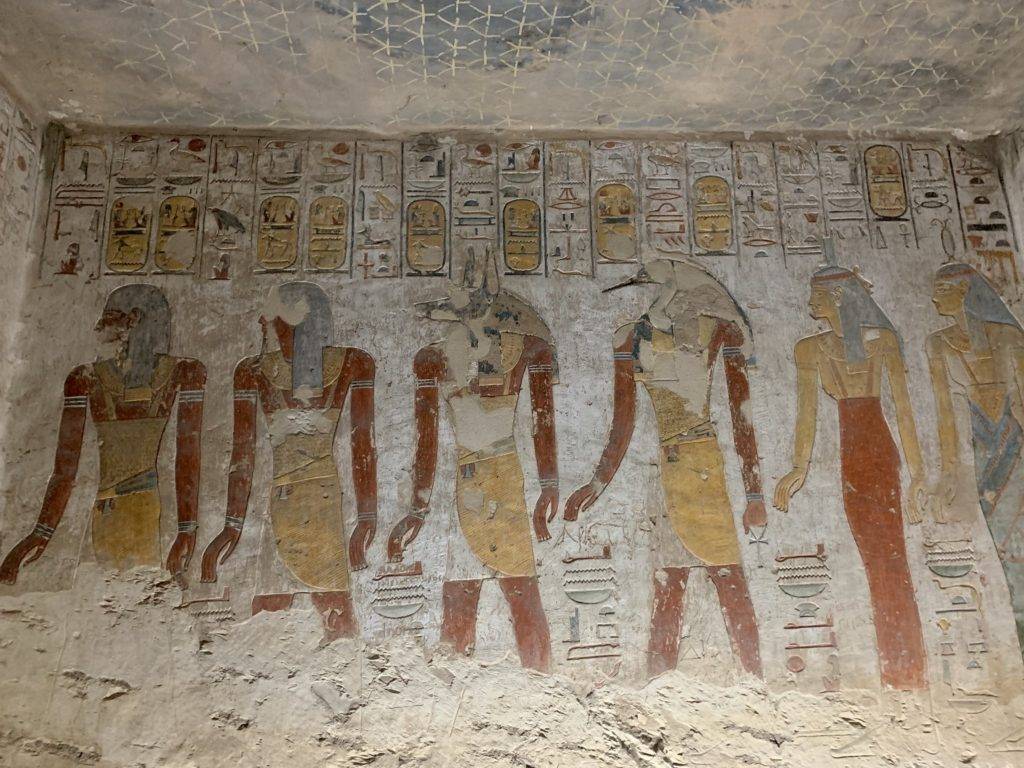
Wall Decorations and Religious Texts
The walls of KV8 serve as a special library for the afterlife, filled with texts and images that guide Merneptah’s spirit.
– Litany of Ra: This is found at the entrance. It praises the sun god and confirms the pharaoh’s divine status.
– Book of Gates: This shows the sun god’s journey through twelve gates of the underworld during the night.
– Amduat (Book of the Hidden Chamber): This provides a detailed map of the afterlife, showing the challenges the deceased must face.
– Book of the Dead: This contains spells and incantations to protect the pharaoh’s soul.
– Opening of the Mouth ritual: Found in Corridor G, it symbolizes restoring the king’s senses in the afterlife.
– Books of Caverns and Earth: Located in the burial chamber, these emphasize rebirth and cosmic order.
Although floods damaged the lower walls, the upper reliefs still display bright colors—reds, yellows, and blues—that make the ancient scenes vivid.

The Sarcophagus and Burial Chamber
The burial chamber of KV8 is mainly filled with Merneptah’s large granite sarcophagus. It was originally inside four stone coffins, a practice used for great kings to provide extra protection.
To bring the outer sarcophagus into the chamber, workers had to take apart some architectural features, which left marks in the tomb. Today, pieces of the sarcophagus are still in place, while the middle coffin was later used by Psusennes I in Tanis.
Merneptah’s mummy was not found in KV8; instead, it was discovered in the royal cache at Deir el-Bahari (DB320). There, priests reburied many pharaohs to keep them safe from looters.
Visitors to the burial chamber today can still feel the scale of the project and the care that went into ensuring the king’s journey to the afterlife.

Discovery and Archaeological Studies
KV8 has been known for a long time, as shown by Greek and Coptic graffiti on its walls. Looters entered the tomb before modern archaeologists, taking away its treasures.
In the 19th century, explorers noted the size and decorations of the tomb. In 1903, excavations cleared some back areas, while the burial chamber was completely excavated in 1987.
Since then, scholars have studied the wall texts, colors, and changes in the architecture. They compare KV8 with other royal tombs to learn more about funerary practices in the New Kingdom.
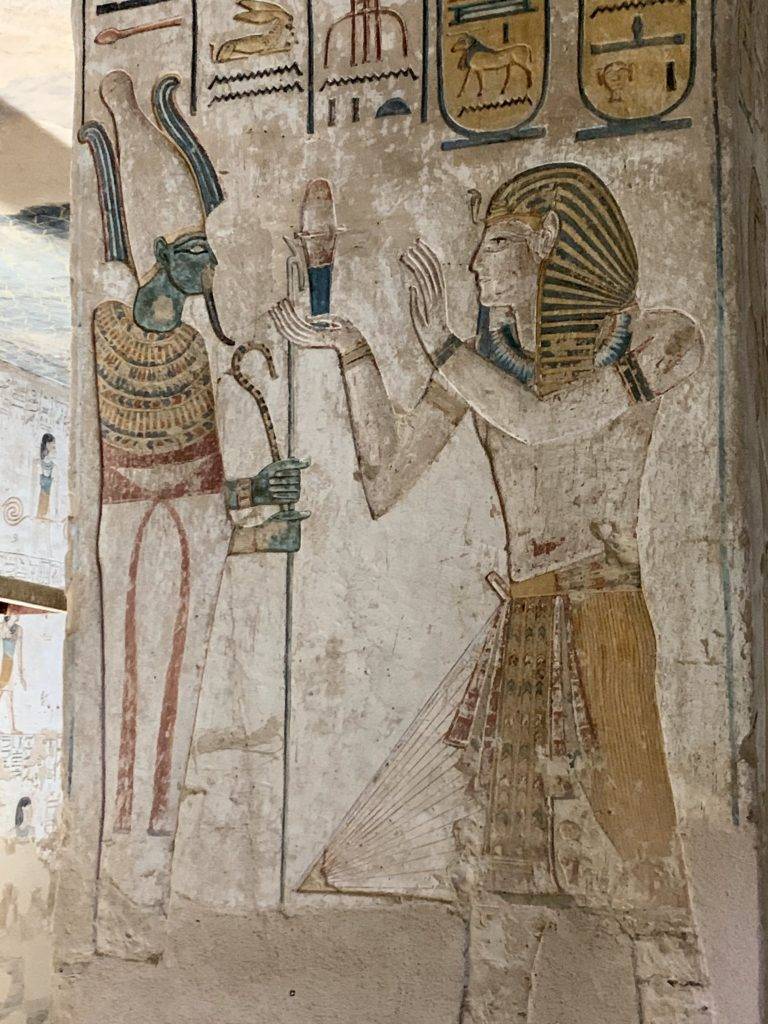
Visiting the Tomb Today
For modern travelers, KV8 is a top tomb to visit in the Valley of the Kings. While it doesn’t have the treasures of Tutankhamun, it offers a unique atmosphere, impressive size, and beautiful art.
What to expect:
– Atmosphere: The dim lighting adds mystery.
– Photography: A special ticket may be needed for photography; check the rules before your visit.
– Nearby tombs: You can visit KV9 (Ramses VI) for its colorful ceiling or KV11 (Ramses III) for its well-preserved carvings.
Traveler tips:
– Wear comfortable shoes, as the path down is long and uneven.
– Bring water, as it can get very hot in the Valley.
– Consider hiring a guide or using an audio tour for more information about the wall texts.
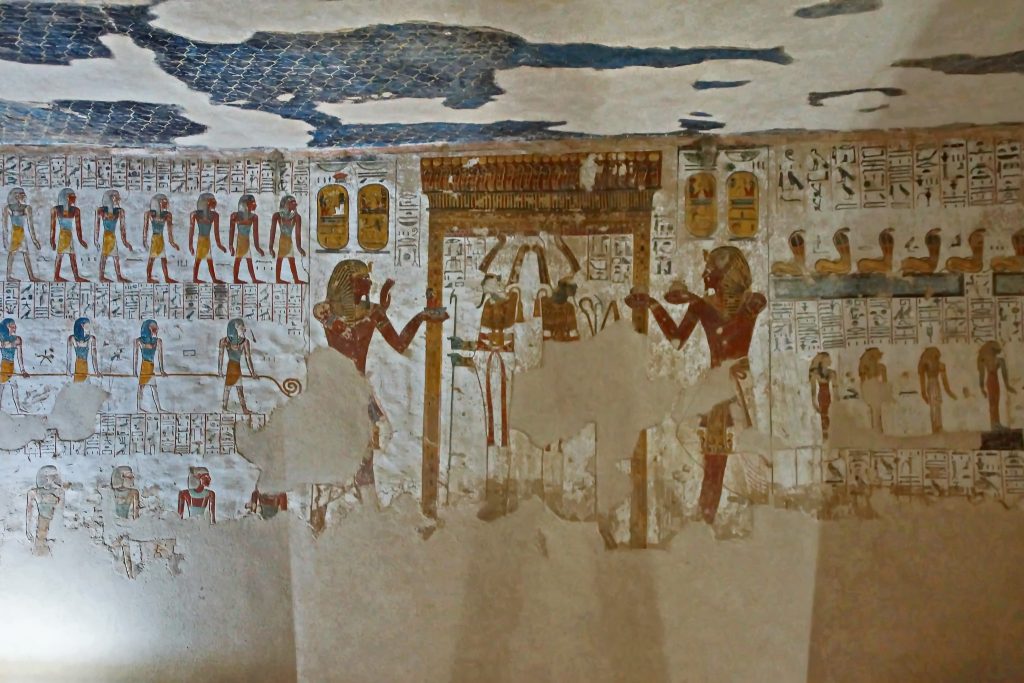
Legacy of Merneptah and His Tomb
Merneptah’s tomb (KV8) tells a rich story beyond his reign. His military campaigns and the Merneptah Stele establish his historical significance. The tomb’s texts and architecture reflect the Egyptians’ deep beliefs in rebirth and cosmic order. The reburial of his mummy in DB320 and the reuse of his sarcophagus by Psusennes I highlight the evolving fortunes of Egyptian kings.
KV8 stands as a masterpiece of New Kingdom architecture, featuring a grand sarcophagus and beautifully decorated walls. It invites visitors to explore the legacy of a pharaoh who lived under the shadow of Ramses the Great. For travelers in Luxor, KV8 represents not only treasures but also stories of resilience and the eternal connection between life and the afterlife.
Got a Question?
F.A.Qs
Pharaoh Merneptah, the 13th son of Ramses II and ruler of Egypt’s 19th Dynasty, was originally buried here. His mummy was later moved to the royal cache at Deir el-Bahari (DB320) for safekeeping.
KV8 measures about 117 meters in straight-line length, though some sources cite 160 meters when including side chambers. By volume (around 2,472 cubic meters), it is one of the largest tombs in the Valley of the Kings.
Its colossal granite sarcophagus, one of the largest ever placed in the Valley
Corridor-by-corridor decoration with multiple funerary texts
Evidence of ancient graffiti from Greek and Coptic visitors
Surviving pigments and astronomical ceiling traces despite flood damage
The unusual removal of pillars to maneuver the sarcophagus into the burial chamber
Visitors can see excerpts from the Litany of Ra, Book of Gates, Amduat, Book of the Dead, Opening of the Mouth ritual, and the Books of Caverns and Earth. These texts guided Merneptah’s soul through the afterlife.
Although KV8 was his original tomb, Merneptah’s mummy was discovered in the DB320 cache at Deir el-Bahari, where priests reburied many pharaohs to protect them from looting.
Did you know that
By purchasing through our links, you support us at no additional cost.
Thank you for your support. ♥️



